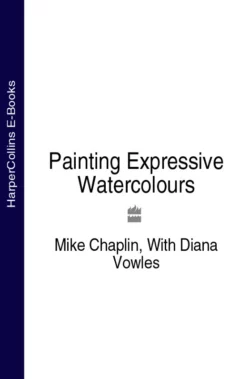Painting Expressive Watercolours

Mike Chaplin и Diana Vowles
Тип: электронная книга
Жанр: Изобразительное искусство
Язык: на английском языке
Стоимость: 122.57 ₽
Статус: В продаже
Издательство: HarperCollins
Дата публикации: 26.07.2024
Отзывы: Пока нет Добавить отзыв
О книге: Mike Chaplin is one of the most popular art experts on the very successful Channel 4 series Watercolour Challenge. In this book he reveals how he works and puts forward his ideas and teaching methods, offering plenty of tips and practical advice for the amateur artist.This book is intended for artists with some painting experience who wish to develop their technique, style and outlook. It is a book to make them think and to push the technical and personal boundaries of what they believe they can achieve in paint. Mike’s teaching focuses not only on techniques but also on expanding the readers’ approach to their painting as a whole.Starting with a fascinating look at the development of watercolour as an expressive art, the book then covers selective techniques, both traditional and the more unusual, and topics such as observation, drawing, colour and composition. All kinds of painting subjects are included, from the natural landscape to urban scenes, and throughout the book Mike provides plenty of practical advice and useful tips about techniques. There are also a number of special features, focusing on particular aspects of painting, as well as several full step-by-step demonstration paintings.